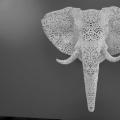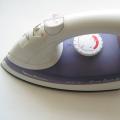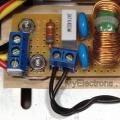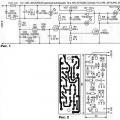To fix an iron with your own hands, you need to know how this device is made. Considering, we can say that it is structurally similar to devices such as a kettle or heater. The differences lie only in the purpose of the devices and the presence of additional units.
In the iron, regardless of the country and manufacturer, there are four main components:
- heater;
- plug with cord;
- thermal fuse;
- Temperature regulator.
In order for the iron to start working, you should apply voltage to the tubular heating element located in the sole of the device. In modern models, such as "Roventa", powerful heating elements from 1000 to 2300 W are used. If you do not interrupt the heating process, then the sole of the appliance will be so hot that it will only be suitable for frying eggs, and not for ironing.
In order to prevent excessive heating, a regulating device is built into the apparatus circuit. The thermal mode depends on the iron's thermostat, which is selected taking into account the type of fabric: some materials can be ironed at a temperature of 100 C, others need values of 200 C. In most models, which include Brown irons, the adjusting wheel is located in the upper part of the body under the handle.
An important safety component is a fuse. When the appliance reaches extreme temperatures resulting from a malfunction, the thermal fuse will open the contacts and the iron will turn off.
Before you repair the iron, you need to check the serviceability of the power cable. Most often, it cracks in places of frequent deformations - at the entrance to the body or near the plug. The malfunction may appear gradually when the indicator lamp flashes during ironing. Such a wink means that there is no normal contact and oxidation of the terminals is possible.
Another malfunction manifests itself more violently. If the wires rub against each other for a long time, the insulating layer may break and a short circuit may occur. Outwardly, this is manifested by a strong clap, shutdown of other devices and a specific smell characteristic of burnt wiring.
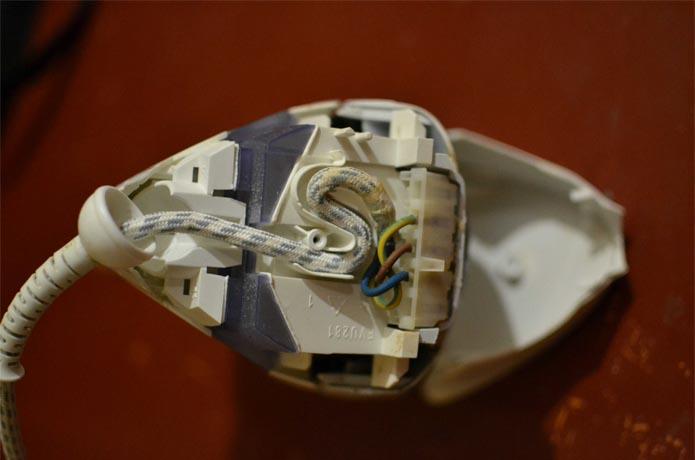
For women who are particularly sensitive, situations like this hurt to the core. They perceive the breakdown as a natural disaster and respond with calls to their husbands, to the Emergencies Ministry and house management. The most correct option is the first, because any man whose hands grow from where they should be can make the iron turn on again. Otherwise, you should still contact the strong half so that he handed over the thing for repair.
The internet is filled with videos on the topic of ironing repairs. Many plots are devoted to the flaws in the supply wire. If the cord is faulty near the plug, there is no need to disassemble the appliance. In the case when suspicion falls on the part that is hidden by the body, you cannot do without disassembly. To make, for example, repair the Philips iron with your own hands, you should remove the back cover. Behind it, the power cord diverges into three wires. If the insulation is damaged, it must be restored. When oxidizing the terminals, you need to disconnect the wires and clean up problem areas.
Checking the electric heater
The heating element in modern designs is a reliable unit and rarely breaks. When this trouble occurs, it is better not to buy a new heater. It's easier to get a new iron. But first, you should make sure that the problem is in the heating element.
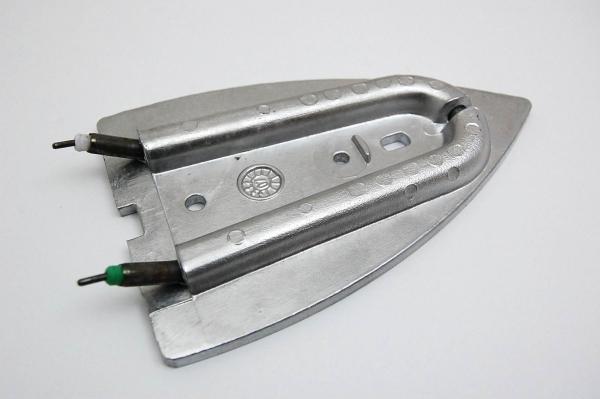
In all models, the heater contacts are soldered to the device contacts and connected to the indicator lamp. If the lamp is on, and the iron does not heat up, then the malfunction is associated with the heating element.
The most common cause of heating element failure is coil rupture. Another reason may be insufficient contact of the heating element rods with the device terminals at the connection points.
On some models, the thermal fuse is included in one heater circuit and the regulator in the other. If the fuse is faulty, then a false "diagnosis" can be made, suspecting that the heating element is malfunctioning. To find out exactly the reason for the failure of the device, it should be completely disassembled.
Problems with the thermostat
Temperature control is carried out with a round wheel. It is located in the Azur iron and in other models on the body under the handle. When you turn the wheel to the right, the heating temperature increases, to the left, it decreases until the heating element is completely turned off.
The wheel acts on the thermostat by means of a special sleeve or steel angle and is attached to the body with latches. In the Scarlet iron and in other models, it is enough to pick up the adjusting disc with a screwdriver to make it come off.
The operating principle of the thermostat is based on various properties of metals. In the manufacture of this unit, two plates are soldered, made of metals with unequal coefficients of linear expansion. Thanks to these indicators, each plate behaves differently. Outwardly, it looks like this: under the influence of temperature, the common plate bends, causing the circuit to open, and the iron turns on.
To make sure that the temperature regulator is faulty, you will have to disassemble the iron completely.

The handle of the device and the plastic parts of the case are attached to the metal parts with latches or self-tapping screws. Even one manufacturer has many models, and they all have design features. But all species have common points.
To disassemble the iron, it is necessary to examine its sharp part, where there is one attachment point. For example, a Philips iron hides a self-tapping screw under the steam knob. To unscrew the screw, turn the handle all the way to the left and pull up. After removing the adjusting unit, you can unscrew the self-tapping screw. In the Brown model, the screw is hidden under the nozzle cover. You can remove the nozzle by slightly pulling it towards you. After removing it, free access to the screw opens. Other screws or latches are located under the back cover of the device.
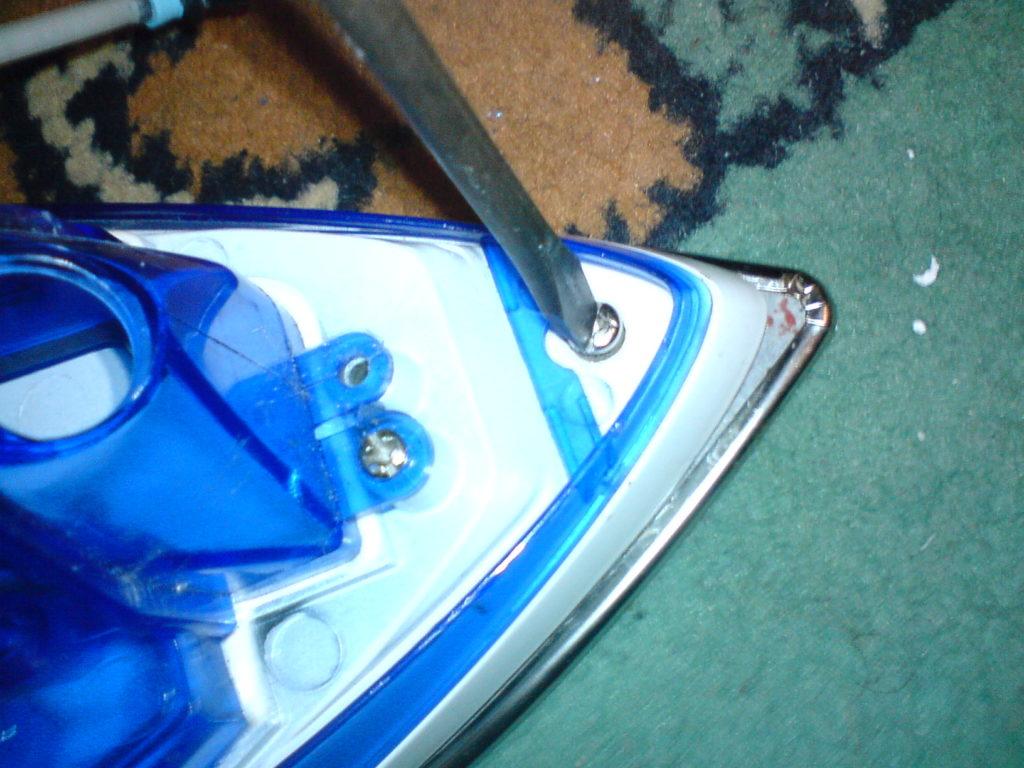
After the plastic part of the case has been removed, the iron thermostat should be considered. In cold mode, the contacts must be closed. If there is a special device, it is better to ring the knot. If there is no device, you can clean the contacts with fine sandpaper, and then turn on the iron to the network.
The fuse and other malfunctions are to blame.
To set up an iron, you can refer to statistics, which say that 50-60% of malfunctions occur due to the fact that a thermal fuse fails. This unit is disposable and reusable. Fuses of the first group, like kamikaze, are triggered only once. The unit is designed so that when the heating element reaches a temperature of 240 ° C, the circuit is broken. Further operation of the device without additional intervention becomes impossible.
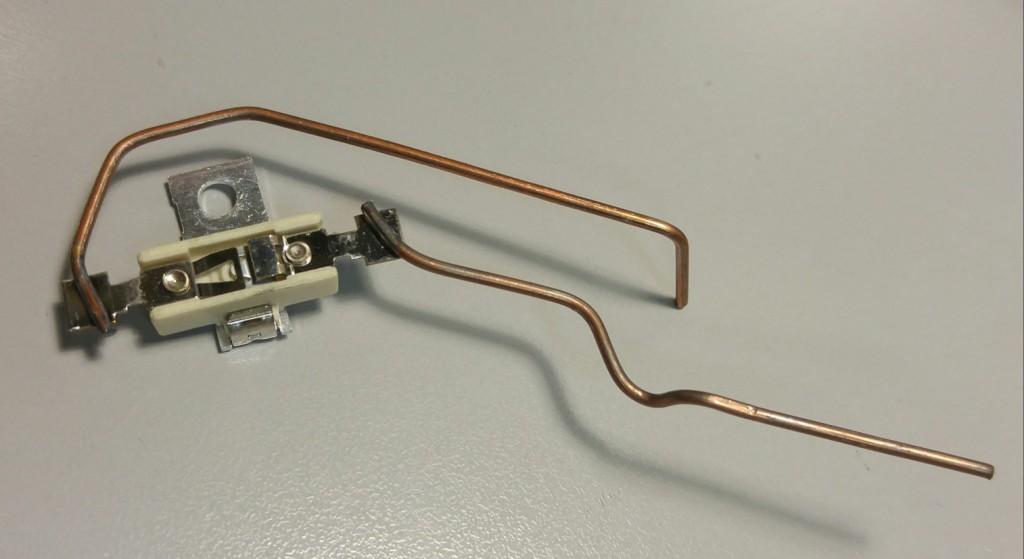
More modern technologies involve the use of bimetallic parts. Such a thermal fuse is able to turn off the iron in extreme situations, and then turn it on again. If the iron does not work for this reason, the easiest way is to discard the knot and short the circuit. This can be done in different ways:
- by soldering;
- by crimping a metal rod;
- switching power wires.
In each case, it is necessary to achieve reliable contact.
Another common ailment is a problem with the steaming system. Sometimes in the Bosch iron, the button that starts the process is strongly pressed, and steam is not supplied. Repairing a Bosch iron should begin by unscrewing the screw at the back and removing the back cover. Then you should carefully pull out the two buttons regulating the steam supply up. They are not screwed in and are held onto the bushings by friction. Next, you need to unscrew the screw, after which the plastic handle should be easily removed. There are two pumps under the cover: one supplies water to the sprinkler, the other supplies water to the soleplate to create steam. The steam pump needs to be removed. At the bottom there is a ball that sticks to the bottom of the chamber due to scale. To eliminate the malfunction, you need to push the ball into the chamber and assemble the iron in the reverse order.
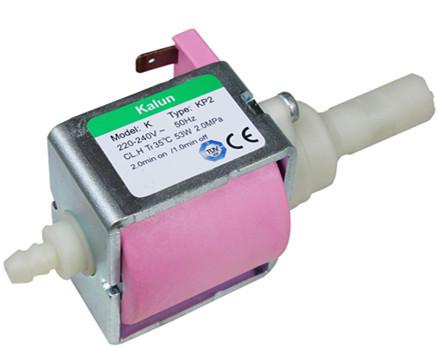
Whatever iron you have to repair, you must remember about safety and follow certain rules: turn on the device to the network only when it is necessary; do not try to fix the malfunction with wet hands; during repairs, the iron must be installed on a stable, non-conductive and heat-resistant coating.

